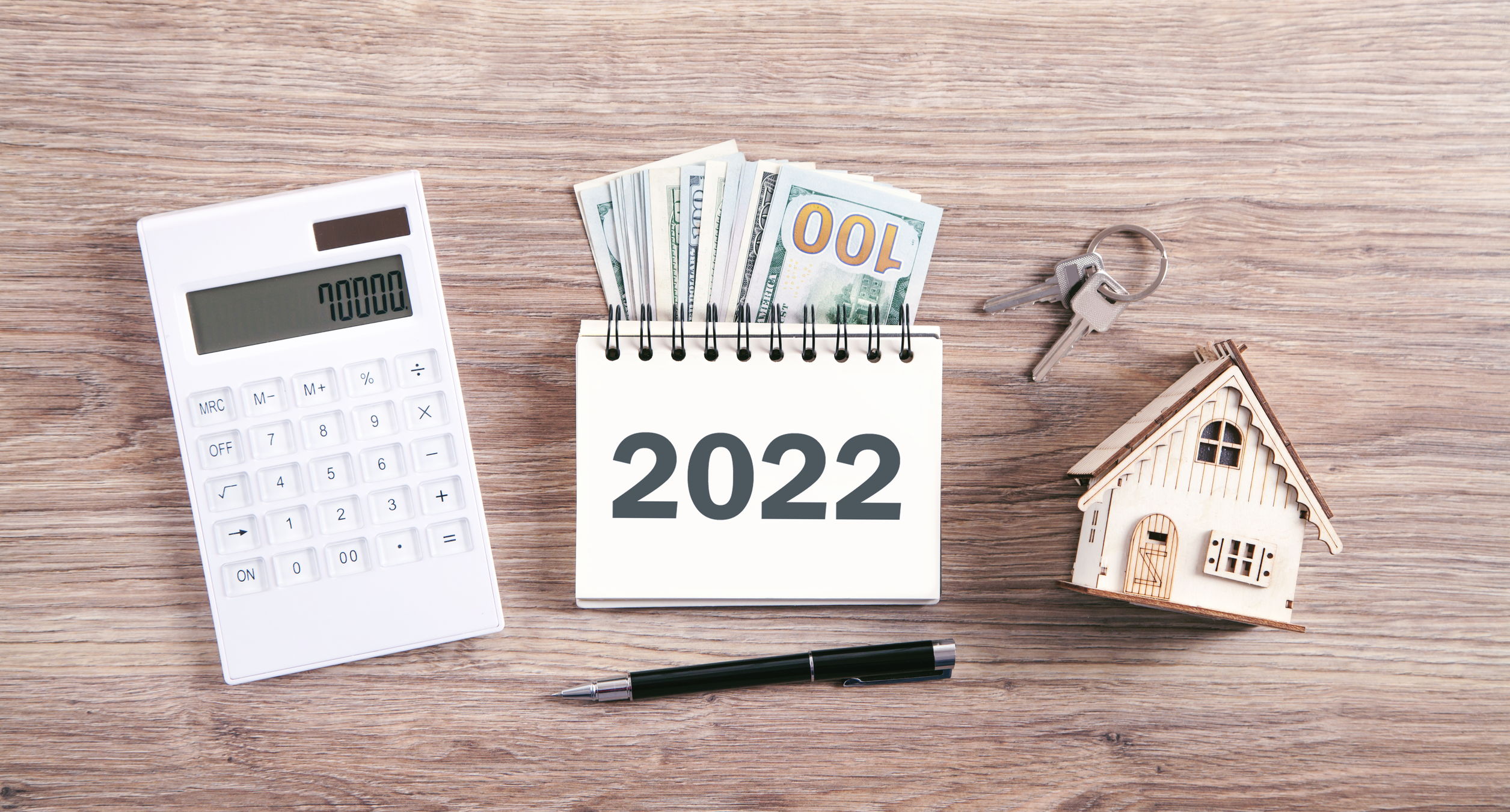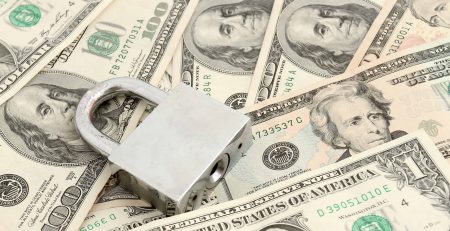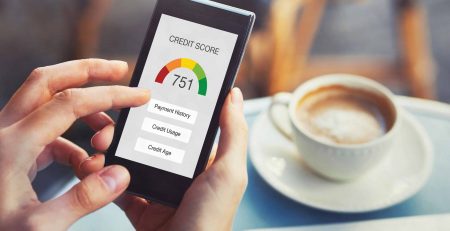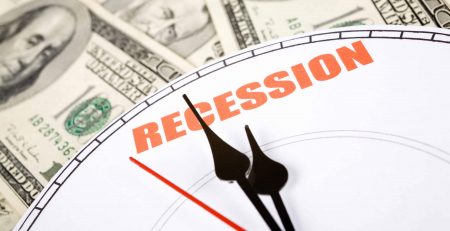If you have not planned your new year’s resolutions yet, this is your sign to do it, because -Hello!- it is almost March! Once you start creating a list of resolutions for 2022 make sure to include some financial goals. Setting objectives is an excellent way to start when it comes to improving your finances, then taking action is the next step.
What Kind of Resolution Should I Make?
Financial resolutions are high on the agenda of many people as the prices of products and services rise. Here are 6 realistic financial resolutions to make, as well as professional advice on how to stick to them.
#1 Pay Down Your Credit Card Debt
In case you use a credit card too much, make it a priority to pay off your credit card debt. To do so, you have so many options, yet the most popular ways are the avalanche method and the snowball method.
Simply put, the snowball method involves paying off the smallest of all your debts as soon as possible. After that one is settled, you take the money you were putting toward that payment and roll it over to the next smallest loan. This practice should continue until you pay off all accounts. As you move money from the smallest balance to the next on your list, the total grows greater and larger like snowballs. This strategy accelerates the rate at which the debt is paid down.
The avalanche method, in contrast, prioritizes paying off the loans with the highest interest rates first. When the higher-interest debt is paid off, you can dedicate the money to the account with the next highest interest rate, and so on, until you have paid off all of your debts. In the long run, focusing on the loans with the highest interest rates will essentially mean you will pay less over time with this technique.
Which One is Better?
Choosing between the snowball method and the avalanche method depends on whether we are talking about financial or psychological terms.
The debt avalanche method is preferable in terms of saving money. Seeing that it requires you to pay off your debts in a descending manner. As a result, if you stick to the payment plan, you will end up spending less money overall.
However, any behavioral finance specialist will tell you that when it comes to money, people are typically irrational. When people pay off an account in full at the beginning, regardless of interest rates, they find it much easier to stay motivated. In that case, the snowball method is more applicable and effective.
#2 Create a Spending Plan
Making a personal budget plan is more essential than ever, especially after the pandemic. Creating a budget is the first step toward financial security and stability. Having a monthly budget does not mean that you should save all of your money or dramatically reduce your spending. A budget is meant to help you manage your expenses, so it does not have to be overly restrictive to work.
Use a Template or an App
First things first, select your budget template or application. The quickest and most efficient way to create a budget is to use a pre-made spreadsheet in Excel or Google Sheets or to use a mobile app. These tools include sections for your income and expenses in a variety of categories. Furthermore, if you use a premade spreadsheet, it will have built-in formulas that will help you to easily calculate your budget surplus or deficit.
Calculate Your Total Income
The next step would be to calculate how much money you make every month. If you have a full-time job with regular paychecks, you can use your net monthly salary as your reference. As for people with a side business or other sources of income, they might want to add this to their calculations. If you are a freelancer or seasonal worker, your total monthly revenue should be calculated using your lowest-earning month from the previous year.
Figure Out How Much You Spend
After that, you should make a list of your monthly fixed and variable expenses. Rent or mortgage payments, car insurance, and phone bills are examples of fixed expenses. While variable expenses may include gas and groceries, as well as “fun money” for things like restaurants, clothing, and entertainment.
Adjust Your Budget Accordingly
Using that data, you can adjust your budget to fit your goals. The 50/30/20 budget rule is a good rule of thumb. It works by dedicating 50% of your budget to necessary spending, 30% to non-essential expenses, and 20% to savings and debt repayment.
If your monthly income is less than your monthly expenses, you should consider reducing variable expenses that are not necessary. In other words, try to spend less money on non-essential products, eat out less, and so on.
You could not do it? Maybe you can find a way to increase your income or cut back on some of your fixed expenses, if possible.
How to Stick to Your Budget Plan
It might be difficult to stick to a budget, particularly if this is your first time tracking every purchase you make. But, rather than feeling overwhelmed or disappointed right away, keep in mind that the goal of your budget is to help you achieve your long-term financial objectives. With a little practice and the following tips, you will be a budget pro in no time:
- Take the time to think deeply about the big purchases. Do not fall for the trap of items you do not really need, just because they are discounted or trendy.
- No matter how big your credit card limit is, you have to resist the temptation. It is important to avoid falling into debt whenever possible. Instead, make plans to save enough money for the big-ticket products you want.
- Plan ahead your weekly meals to avoid spending more than you have to at the grocery store or on takeout food. To keep your budget in check, choose meals you like, make a grocery list, and shop once a week.
#3 Start Saving for Emergencies
An emergency fund is a significant financial tool for dealing with sudden needs such as home or car repairs. The beginning of the year is a great time to start (or build) your emergency fund.
On the whole, experts recommend putting up three to six months’ worth of living expenses for emergencies. Start by establishing a second high-yield savings account, then take the following four suggestions into account:
- Check your expenses and outline the categories where you may cut costs.
- Set a realistic saving goal.
- Create a system for automatic deposits.
- Over time, try to increase your contributions.
An emergency account can save you from financial failure. If an emergency occurs or you lose your job, you will not have to get into debt or mess up your budget.
#4 Try to Invest More
It is time to start investing once you have mastered budgeting for your monthly expenses. The real challenge is to decide what to invest in and how much to put in it. Here is what you need to know before you begin investing.
The Sooner the Better
One of the best ways to see solid returns on your money is to invest while you are young. This is due to compound earnings, which means your investment returns start to earn a return of their own. Compounding is a technique that allows your account balance to grow over time.
Of course, the stock market will have ups and downs, but investing early gives you decades to ride them out. Meanwhile, your money would have more time to grow, even if you started small.
Decide How Much to Invest
Your investment goal and the time frame in which you need to achieve it determine the amount of money you should invest. For example, if your investment goal is retirement, you want to aim to invest about 10% to 15% of your annual income.
For other investment objectives, consider your time horizon and the total amount of money you need. After that, work backwards to divide that amount into monthly or weekly investments.
Choose an Investment Strategy
Two main factors determine your investment plan; your saving goals and how much time and money you will need to achieve these goals. If your savings objective is more than 20 years away, investing in stocks would be a good idea. However, It is better to avoid the risks of stocks if you have a short-term goal. In that case, you can keep your money safe in an online savings account, cash management account, or low-risk investment portfolio.
If you’re just getting started, try looking into a robo-advisor. It is a financial advisor that utilizes investment software, or algorithm, to select proper investments for you automatically.
#5 Boost your Income
Who does not like extra cash! It’s not always about saving and limiting your spending, but rather about boosting your income. You may increase your money streams in a variety of ways.
For instance, freelance jobs are ideal for people who have a certain skill to offer. Nevertheless, there are less complex side hustles to consider, such as dog walking. If your schedule allows, a part-time job is an excellent option to boost your income. Especially if a raise or a better-paying job is not available at the moment. It does not have to be fancy or permanent, but it still helps.
Having more than one source of income has many advantages. Not only can this approach help you earn and save more money, but it can also protect you if you lose your basic job.
#6 Learn How to Cook
Restaurants charge around a 300% markup on the products they offer to make a profit. In many cases, a $15 restaurant lunch might be made at home for $5. So, if you eat out frequently just for convenience, cooking at home could save you a lot of money.
Cut back on restaurant food to put more money in your pocket. Cooking and eating at home can be fun, easy, and cost-effective. Search for recipes online or ask friends and family for tried-and-true dishes. Calculate your savings after a tryout and consider using the excess money to pay down debt or develop an emergency fund.
How to Keep Your Financial Resolutions?
Making a resolution does not necessarily mean that you will be able to keep it. If you want this to work, you should learn to overcome obstacles that make achieving financial goals more difficult. The following tips can help you hold on to your goals:
-
Open Up to a Friend
Although it may sound uncomfortable, experts confirm that communicating openly about money with someone you trust can help you stay on track with your objectives. When you have someone cheering you on, it’s much easier to stay motivated.
-
Keep an Eye on Your Credit Score
Because a solid credit score can help you achieve other financial goals, it is essential to monitor your credit history as an indicator of your financial health.
-
Do Not Give Up!
Once you make a decision, many unexpected events will probably occur to test your discipline. It is ok, you just need to remember the reasons for your resolutions and keep moving forward.
Bottom Line
All in all, the new year represents a fresh start and a good chance to reset your personal finances. There are a variety of financial resolutions you can make for 2022, such as clearing your debt, more investment, setting a budget… etc.
Sticking to your plans is the hardest step, yet with some practice and determination, you can make it happen. Try to share your thoughts and progress with a close friend to encourage you to keep going. Also, keep an eye on your credit score to make sure everything is going well, and to be prepared for any unforeseen events. Last, remember why you started all of this in the first place and keep your eye on the big prize.
References:
- 11 Financial Resolutions For 2022 | Bankrate
- How to Start Investing: A Guide for Beginners – NerdWallet
- Debt Avalanche vs. Debt Snowball: What’s the Difference?.
- 50/30/20 Budget Calculator – NerdWallet
- 11 Best Robo-Advisors of February 2022 – NerdWallet
- The True Cost Of Eating Out (And How To Save) – Money Under 30.
- 5 Tips To Help You Nail Your Financial Resolutions For 2022











